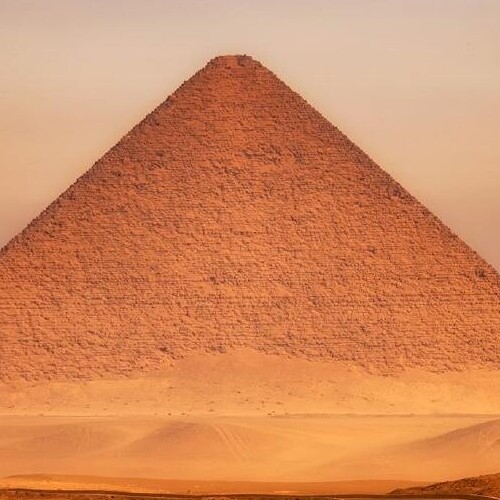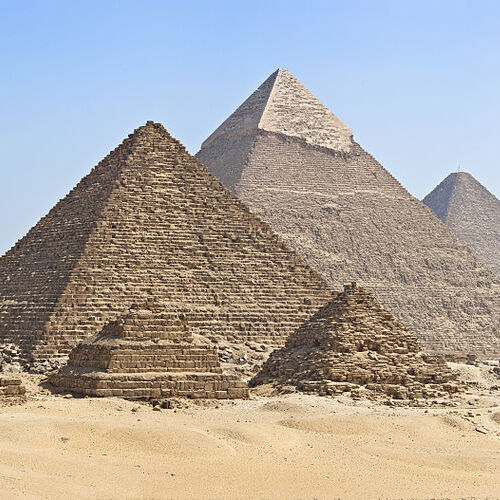No other nation in the world says ‘Welcome’ as often as the Egyptians, and every time, they mean it. While the ancient civilization of Egypt continues to amaze, contemporary Egyptians are equally remarkable.
Abu Rawash Pyramid Of Djedefre
Lake Bardawil: An Enigmatic Jewel of the Sinai Peninsula
Nestled along the pristine northern coast of the Sinai Peninsula, Lake Bardawil stands as a testament to the diverse and enigmatic beauty of Egypt. This expansive saline lagoon, approximately 30 kilometers in length and up to 14 kilometers wide at its broadest point, is a haven for nature enthusiasts and a cornerstone in the ecological landscape of the region.
Lake Bardawil is one of the three significant lakes of Sinai, sharing this distinction with the renowned Great Bitter Lake and the Little Bitter Lake. However, the shifting sands of time have slowly transformed Bardawil. Once a vast lake, it now increasingly resembles a playa or sabkha – a salty flatland. This evolution is a striking example of nature’s ever-changing canvas, where the lake is gradually giving way to the desert’s embrace.
The lake’s shallow waters, reaching depths of about 3 meters, are separated from the Mediterranean Sea by a mere sandbar. The sea’s waters occasionally breach this natural barrier, contributing to the lake’s high salinity and creating a unique aquatic environment.
Bardawil is not just a geographical marvel; it is an ecological treasure trove. Recognized under the International Ramsar Convention for its protected wetlands, the lake is home to an impressive array of biodiversity. Remarkably, 30% of the species recorded along the Mediterranean Coast of Sinai find a refuge in its waters and shores. Among its inhabitants is the Little Tern, a significant population that adds to the lake’s ornithological importance.
Six threatened species, including the exquisite Iris Mariae, find sanctuary in the lake’s diverse habitats. These range from open waters and wet salt marshes to saline sand flats, stabilized dunes, and mobile sand expanses. The surrounding area is also known for its wildlife, including sea turtles and bottlenose dolphins. However, the high mortality rate among sea turtles in the area has raised ecological concerns.
Botanical richness abounds near Lake Bardawil, with six threatened plant species identified in the IUCN Red Data Book of 2006. Among these are endemic species such as Astragalus Cameleroum and Bellevalia Salah-Eldein, underscoring the area’s unique flora.
Historically, Lake Bardawil may be linked to the legendary Serbonian Bog described by Herodotus, situated between Damietta and Mount Casius. This historical connection adds a layer of mystery and intrigue, intertwining the lake’s ecological significance with the rich tapestry of Egyptian history.
Moreover, some scholars of the Hebrew Exodus believe that Lake Bardawil may be near the fourth station of the Exodus, known as Pi-hahiroth. This potential proximity to a site of such historical and religious importance adds to the lake’s cultural and historical allure.
In summary, Lake Bardawil is more than just a body of water; it is a confluence of history, culture, and nature. Its ever-changing landscape, rich biodiversity, and historical connections make it a fascinating destination for those seeking to explore the less trodden paths of Egypt’s natural and cultural heritage.
AL ARISH Travel Guide



